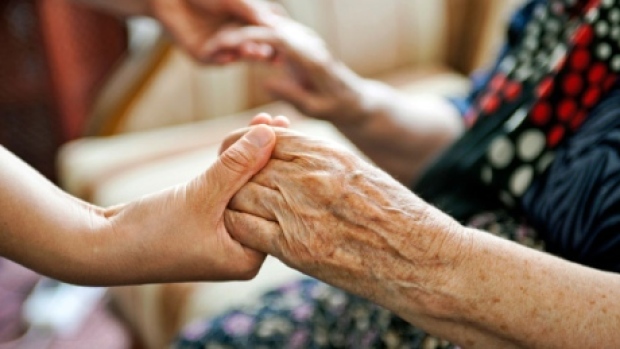Collecting new socio-demographic data is fundamental for improving health equity. In Ensuring Healthy Aging for All, a report on home care access for diverse seniors in the GTA, data analyzed through a health equity lens revealed that unmet needs exist for some, but not others. This data shows us that overall, seniors from immigrant, racialized, and linguistically diverse groups experience higher unmet needs for home care. Seniors who were born in Canada are significantly more likely than those who were born outside Canada to receive home care services funded by the government. Among immigrants, those from non-European countries, including India, Jamaica, and China, report much lower rates of receiving government-funded home care than those from Italy and the UK. These findings tell us that racialized seniors are significantly less likely than non-racialized seniors to receive government-funded home care.
This data provides timely and important findings for policy makers, service planners and practitioners who seek more equitable and effective ways to meet the diverse needs of senior populations in our health care system. But in Canada, there is a major gap in health data and research on diverse populations. Not enough standardized socio-demographic data is being collected and analyzed. We have a growing senior population in Ontario that is increasingly diverse; therefore it is crucial that we provide quality, equitable care. But we cannot do this without understanding the needs of our diverse senior populations. Good data collected in all health care settings including the Community Care Access Centre (CCAC), where people make requests for home care services and apply for admission to a day program or a long-term care home, is key to understanding the needs and designing and delivering excellent care.
An emerging body of Canadian literature suggests that immigrant seniors and those from diverse ethnic and linguistic backgrounds experience poorer health and greater challenges in accessing publicly-funded health care. To investigate the differences across diverse senior populations in the use of and unmet needs for home care, we analyzed the Canadian Community Health Survey (CCHS) data, 2007-2014 combined. Researchers identified the CCHS as one of the most promising data sets to date to examine the health of diverse populations in Canada. Pooled data from different collection cycles can be useful for analyzing differences across sub-population groups such as Chinese and Italians, as examined in our report. There are, however, a number of notable limitations. Most of all, as a cross-sectional survey, it does not capture changes in health and health care utilization over time. As well, it only provides limited information about the use of and unmet needs for home care since the CCHS does not collect data on eligibility for publicly-funded care, the amount of and satisfaction with home care services, or changes in health conditions and needs for home care.
In recent years, many positive developments have been underway to promote a system-level approach to health equity through enhanced data collection in health care settings. In 2013, Toronto hospitals started collecting a standardized set of patient-level socio-demographic data following the “Measuring Health Equity in TC LHIN” mandate. Variables that are currently collected are spoken language, Canadian-born, the length of residency in Canada, ethnicity/race, disability, gender, sexual orientation, income, and the number of people supported by income. Community Health Centres (CHCs) also joined the mandate in 2014.
Yet, the standardized set of socio-demographic data has not been widely adopted by other health service providers, such as CCACs. The CCACs collect information from all clients seeking home, community and long-term care support through a standardized client assessment tool – the Resident Assessment Instrument (RAI). The RAI-Home Care collects client-level data on demographics as well as clinical assessment items, including clinical, mental health, psychosocial and physical functions. Demographic data include some equity indicators such as primary language, the need for an interpreter, and gender, but not as many of the data items as collected in hospitals and CHCs through the standardized socio-demographic data collection.
If CCACs not only collected the data but analyzed it, it would help them to ensure that they deliver service equitably to the population. It would also give them the ability to monitor any intervention they undertake to improve equity. But because they do not properly collect these data they are not able to measure whether they are truly offering excellent healthcare to all. Collecting socio-demographic data is undertaken in many different parts of the public service including schools. It is done in some parts of the health system. If we believe in health equity, then collecting and analyzing socio-demographic data should be mandatory.
Ontario’s population is aging and the older population is becoming more diverse ethnically and linguistically. Home and community care must be provided equitably across the province to ensure healthy aging. The Ministry of Health and Long-term Care has committed to improving access to better home and community care as an important part of Patients First, Ontario’s action plan for health care. The system can better identify and serve the needs for home and community care among our growing diverse senior populations by adopting enhanced, standardized socio-demographic data collection.
